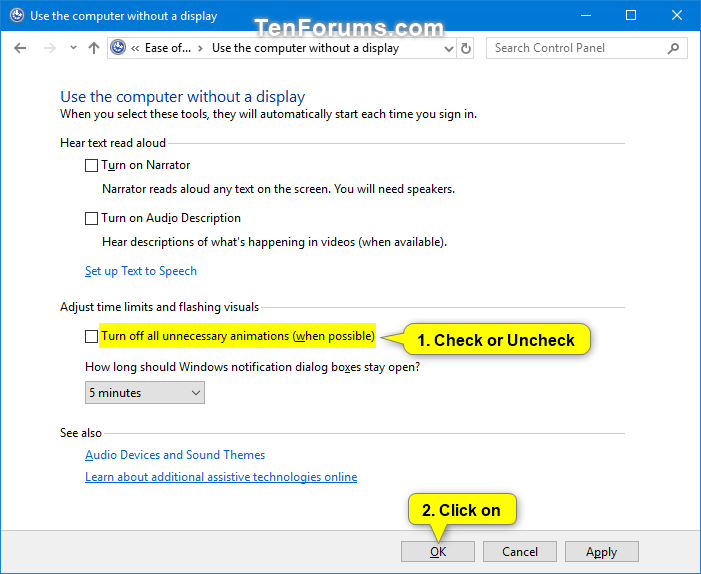

The fades and slides are exactly what they sound like. If the desktop appears during hover, peek is on, and if not peek is off. Peek is whether or not the desktop will appear when you put your mouse pointer on that "micro-button" at the lower right corner of the screen. I can give you the answer on a couple, and some of them will only have a noticeable result on specific hardware. Is anyone willing to have a crack at this to help me out?Įdited by achzone, 22 February 2019 - 12:22 PM.
Use drop shadows for icon labels on the desktop.  Smooth-scroll list boxes ( Now fully understood - Thanks to britechguy ). Smooth edges of screen fonts ( Now fully understood - Thanks to britechguy ). Show thumbnails instead of icons ( Now fully understood - Thanks to britechguy ). Show shadows under mouse pointer ( Now fully understood - Thanks to britechguy ). Animate windows when minimising and maximising. Animate controls and elements inside windows. If you could include screenshots or links that explain the changes visually, that would be great. When I went to start composing an answer, I realized that I wasn't totally sure myself, and testing by changing one option or another doesn't make any noticeable difference to me when I select it, so I can kind of understand my clients question as it confused me a little too.Ĭould anyone please explain - in layman's terms, what the following options change to help me both understand myself and help my client? Ie: Exactly what effect do each of them have? I've been asked by a client to explain, in layman's and easy to understand terms, what the various visual effect do exactly in Windows 10.
Smooth-scroll list boxes ( Now fully understood - Thanks to britechguy ). Smooth edges of screen fonts ( Now fully understood - Thanks to britechguy ). Show thumbnails instead of icons ( Now fully understood - Thanks to britechguy ). Show shadows under mouse pointer ( Now fully understood - Thanks to britechguy ). Animate windows when minimising and maximising. Animate controls and elements inside windows. If you could include screenshots or links that explain the changes visually, that would be great. When I went to start composing an answer, I realized that I wasn't totally sure myself, and testing by changing one option or another doesn't make any noticeable difference to me when I select it, so I can kind of understand my clients question as it confused me a little too.Ĭould anyone please explain - in layman's terms, what the following options change to help me both understand myself and help my client? Ie: Exactly what effect do each of them have? I've been asked by a client to explain, in layman's and easy to understand terms, what the various visual effect do exactly in Windows 10.






 0 kommentar(er)
0 kommentar(er)
